You might have heard horror stories about companies that have replaced their help desk team with an out-of-the-box AI chatbot system. But much to the frustration of customers, generic chatbots can give generic answers.
Here’s a great example from one of our readers: “I was looking for a replacement part for my sewing machine on the manufacturer’s website. I couldn’t find the information, so I asked their Live Chat Bot a question. The answer it gave me was to go search the manufacturer’s website I was already at.”
When chatbots are built, they start by feeding the AI all of the information it can get access to, indexing every website, manual, book or pdf it can find. This is a very time-consuming process. So, one problem with training an AI this way is that it can only generate answers based on the information it has at the time. The entire AI model is based on that training data, so if a new piece of information is added, the training must start again from scratch. This is why many chatbots have no idea if you ask a question about current events; it is costly and time-consuming to retrain an AI every time something new happens.
This is where Retrieval Augmented Generation can help. Imagine that you give an employee a pamphlet with instructions about how to operate a machine. They read the pamphlet, and now they have that information or context before they try to use the machine. You can do the same thing with your AI. You can add context for the AI before you ask it a question.
For example, let’s say you want help writing sales proposals. You could add examples of your company’s sales proposals to the AI’s context. The AI can now use this very specific set of data to help you create new sales proposals that follow this pattern, have the same tone, and are similar to the ones you have already created. Another example could be tailoring a letter to an existing client based on the notes you have about their business in your own customer database.
The good news is that any of the popular AI systems, like ChatGPT, have this ability built right into their interface. You can add business-specific information, internal manuals or policies, and customer data that you don’t want publicly available on the internet and boost your AI’s brains to better serve your business.
Want to learn more? Check out our podcast: Episode #2 Retrieval Augmented Generation
(art by Becka Rahn)


